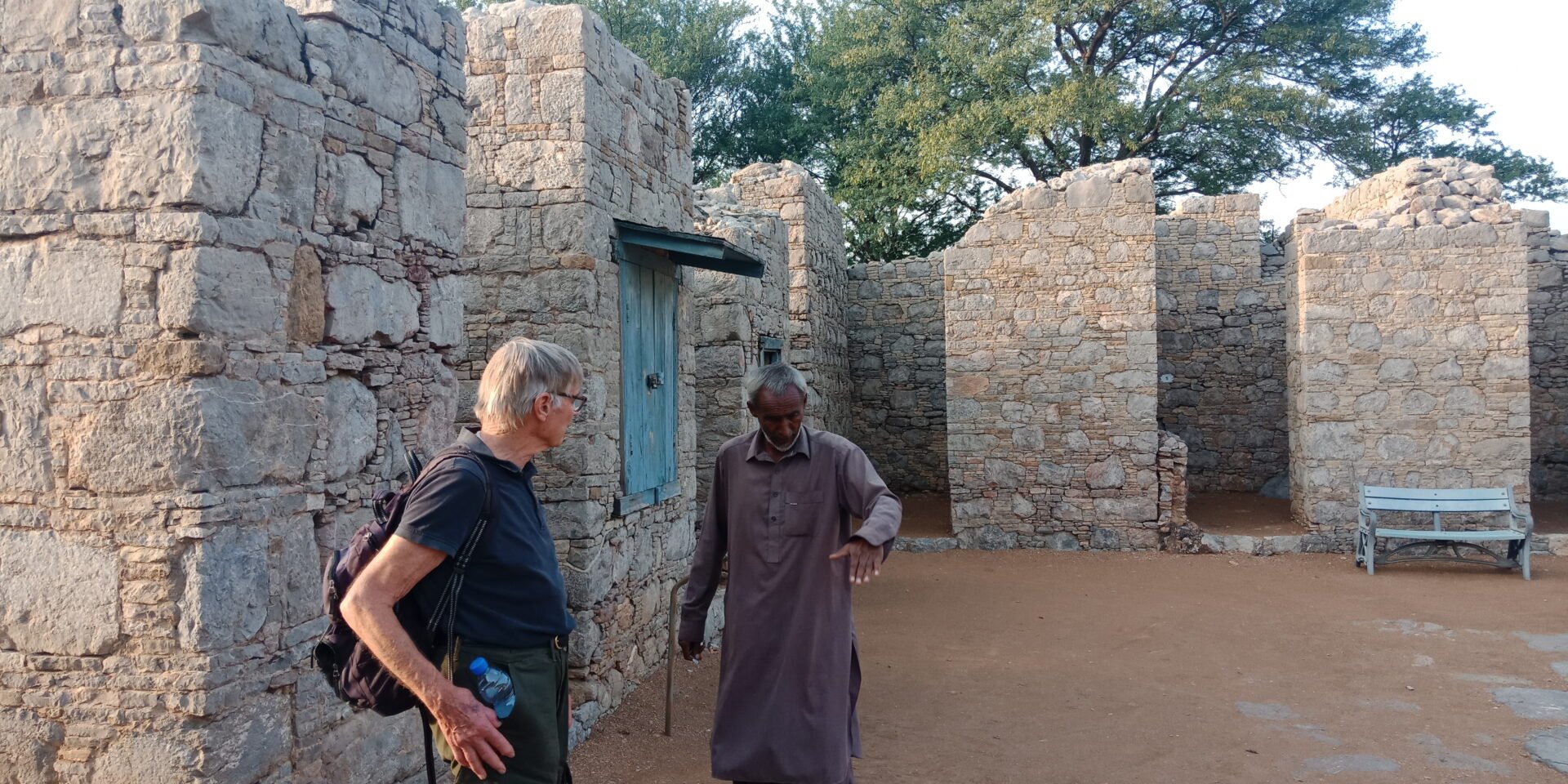Islamabad Tour Package and Taxila 1 Day
Taxila was declared a UNESCO World Heritage Site. In 2006 it was ranked as the top tourist destination in Pakistan.Explore Taxila, Ancient Buddhist civilization, a vibrant community dated back 2000 years ago.

Islamabad, the capital of Pakistan, located against the backdrop of Margalla Hills is lush, green, spacious and serene. The city was conceived in 1960 and became operational in 1966.The capital city offers many cultural spots depicting the beauty and variety of Pakistani culture.
Islamabad Archaeological Museum presents a long history of Pakistan revealing it to be a seat of the world’s leading civilizations from time immemorial. It contains proofs of prehistoric existence such as 20-million-year-old fossil remains, 2-million-year-old man-made stone tools, 7000-year-old early human settlements, which led to the world-famous Indus Civilization, Gandhara Grave Culture and Gandhara Art, early Islamic settlements, Sultanate and Mughal period and their art and craft.
Shah Faisal Mosque, named after King Feisal of Saudi Arabia is the crown jewel adorning the city spread over 1,89,705 square meters with 88 meters high minarets and 40 meters high main prayer hall. The main prayer hall can accommodate 10,000 persons while the covered porticos and verandahs can take over 24,000 worshipers.
Another site of historical significance is Taxila located 35 km from Islamabad. Taxila is a centre of Gandhara art of sculpture, architecture, education, and Buddhism. See List Islamabad Hotels